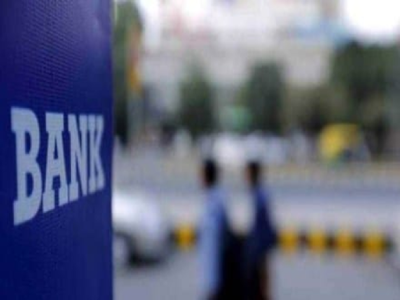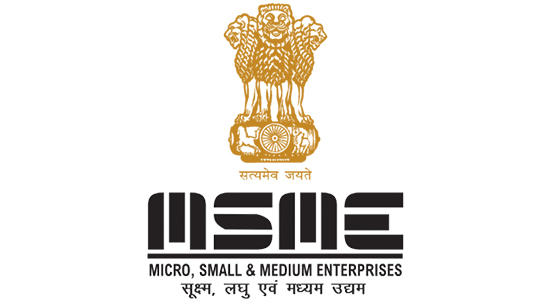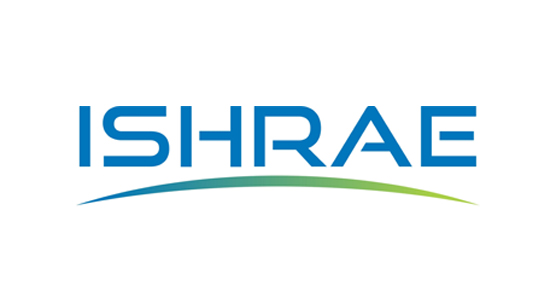Bank Safety in India: The Latest Approaches to Protecting Financial Institutions and Customers

Bank safety in India is evolving with advanced technologies and improved regulatory frameworks. From cybersecurity measures to physical security upgrades, banks are adopting innovative strategies to ensure both customer safety and asset protection in the face of growing risks.
The banking sector in India is one of the most critical components of the country's economy. With the increasing volume of financial transactions, digital banking, and growing customer expectations, the safety and security of banks have become more complex and multifaceted. Both physical and digital security challenges are evolving rapidly, necessitating new approaches and strategies to safeguard financial institutions and their customers.
In response to growing threats such as cybercrime, financial fraud, and physical break-ins, Indian banks have been working toward implementing comprehensive safety measures. These measures encompass not only advanced technological solutions but also robust regulatory frameworks and security personnel training.
This article explores the latest trends in bank safety in India, focusing on physical security, cybersecurity, and customer protection.
Cybersecurity: Safeguarding Digital Banking
With the rapid expansion of digital banking services, cybersecurity has become a top priority for Indian banks. The increasing use of online banking platforms, mobile apps, and payment gateways has opened up new avenues for cybercriminals to exploit vulnerabilities. Banks are investing heavily in advanced security technologies to protect customer data, prevent unauthorized access, and ensure the integrity of financial transactions.
Key Cybersecurity Measures Implemented by Banks:
• Two-Factor Authentication (2FA): To combat identity theft and fraud, banks have made two-factor authentication a mandatory part of online banking. This additional layer of security requires customers to verify their identity through multiple means, such as a password and an OTP (One-Time Password) sent to their mobile device.
• End-to-End Encryption: Banks are now encrypting all digital communication, ensuring that sensitive data remains secure from unauthorized access. This includes customer details, financial transactions, and other private information exchanged over mobile banking apps and websites.
• AI and Machine Learning for Fraud Detection: Banks are increasingly using artificial intelligence (AI) and machine learning algorithms to detect suspicious activities in real-time. These technologies analyze transaction patterns and customer behaviors to flag potential fraud before it happens.
• Regular Security Audits and Penetration Testing: To identify vulnerabilities in their systems, banks conduct routine security audits and penetration testing. These proactive measures help to identify weaknesses and mitigate risks before they become significant security breaches.
Physical Security: Modernizing Bank Infrastructure
Physical security is still a significant concern for banks in India, particularly with the growing instances of robberies and unauthorized access. In response, banks are continuously upgrading their physical security measures to safeguard their branches and ATM networks.
Enhanced Physical Security Measures:
• Surveillance Systems: Banks have increased their reliance on high-definition CCTV cameras to monitor their premises. The use of advanced surveillance technologies, such as facial recognition and AI-based monitoring systems, has made it easier to track suspicious activities in real-time.
• Smart Vaults and Safes: Modern banks are installing high-tech vaults and safes designed to resist theft attempts. These smart vaults are equipped with biometric access control and time-locked mechanisms, ensuring only authorized personnel can access sensitive assets.
• ATM Security: With the rise of ATM-related crimes, banks have invested in advanced security measures such as card skimming detection systems, anti-tampering technologies, and emergency alarms. Some banks have also started installing smart ATMs with video surveillance that can remotely connect to the branch for real-time monitoring.
• Security Personnel Training: In addition to high-tech security infrastructure, banks are providing ongoing training to their security personnel. This training focuses on recognizing suspicious behavior, handling emergencies, and managing physical security systems.
Customer Protection: Enhancing Trust and Safety
Ensuring the safety of bank customers, both online and offline, is crucial for maintaining trust and customer loyalty. Indian banks are increasingly adopting policies and technologies that protect customers from fraud, theft, and identity theft.
Customer-Centric Safety Initiatives:
• Customer Awareness Campaigns: Banks in India are investing in educating their customers about online threats, phishing scams, and how to protect their personal information. Many banks are using digital platforms, social media, and in-branch promotions to raise awareness and ensure that customers are informed about the latest scams and security protocols.
• Secure Payment Gateways: As digital transactions become more prevalent, banks are implementing highly secure payment gateways that utilize encryption and tokenization. This prevents unauthorized access during online payments and helps ensure that customer data remains safe.
• Insurance for Financial Products: To protect customers’ assets, several Indian banks are now offering insurance policies as part of their financial products, such as fixed deposits, savings accounts, and credit cards. These insurance policies protect customers against potential financial losses due to fraud or theft.
• Dispute Resolution and Fraud Protection: Indian banks have streamlined their processes for reporting and resolving fraud. Many banks offer 24/7 customer support for reporting suspicious activities, and they work closely with law enforcement agencies to investigate financial crimes and resolve customer disputes quickly.
Regulatory Framework: Strengthening Bank Safety
The Reserve Bank of India (RBI) and other regulatory authorities play a vital role in ensuring that banks adhere to safety standards and regulations. In recent years, the RBI has introduced various guidelines aimed at enhancing the security infrastructure of financial institutions.
Key Regulatory Measures:
• Cybersecurity Frameworks: The RBI has mandated that banks implement robust cybersecurity policies and frameworks to protect against cyber threats. It also requires regular reporting and audits to ensure compliance with these policies.
• Risk Management Guidelines: Banks are required to have a comprehensive risk management strategy to deal with potential threats, including physical security risks, cybersecurity threats, and financial fraud. These guidelines help banks assess, monitor, and mitigate risks to ensure business continuity.
• Data Protection Laws: The Personal Data Protection Bill, 2019, and other regulatory frameworks have been introduced to ensure that banks handle customer data with the utmost care. These regulations set guidelines for data collection, storage, and sharing, ensuring customer information is kept secure.
Conclusion
As the banking sector in India continues to evolve, so do the threats and challenges it faces in ensuring safety and security. From sophisticated cyber threats to physical security risks, the banking industry is adopting cutting-edge technologies and stringent regulatory measures to protect its customers and assets. By investing in both digital and physical security infrastructures, as well as enhancing customer protection programs, Indian banks are working tirelessly to maintain the trust and safety of their customers.
With ongoing innovation in bank security, customers can expect to see continued improvements in how their financial institutions safeguard their assets, protect personal data, and ensure secure transactions.





.png)







